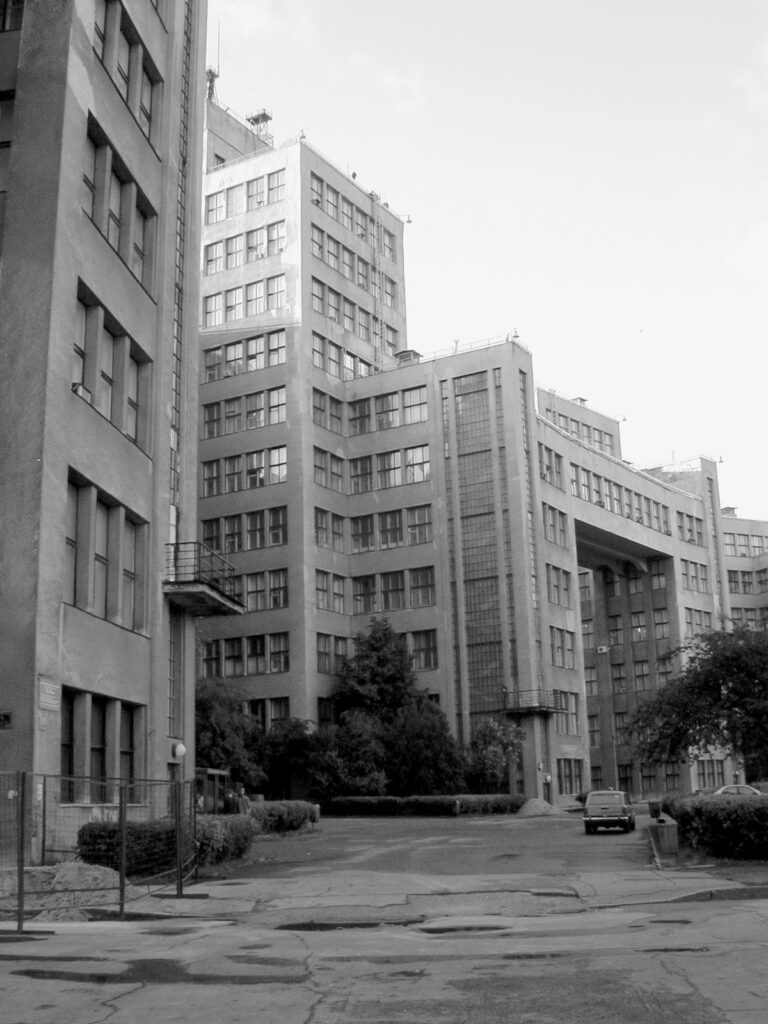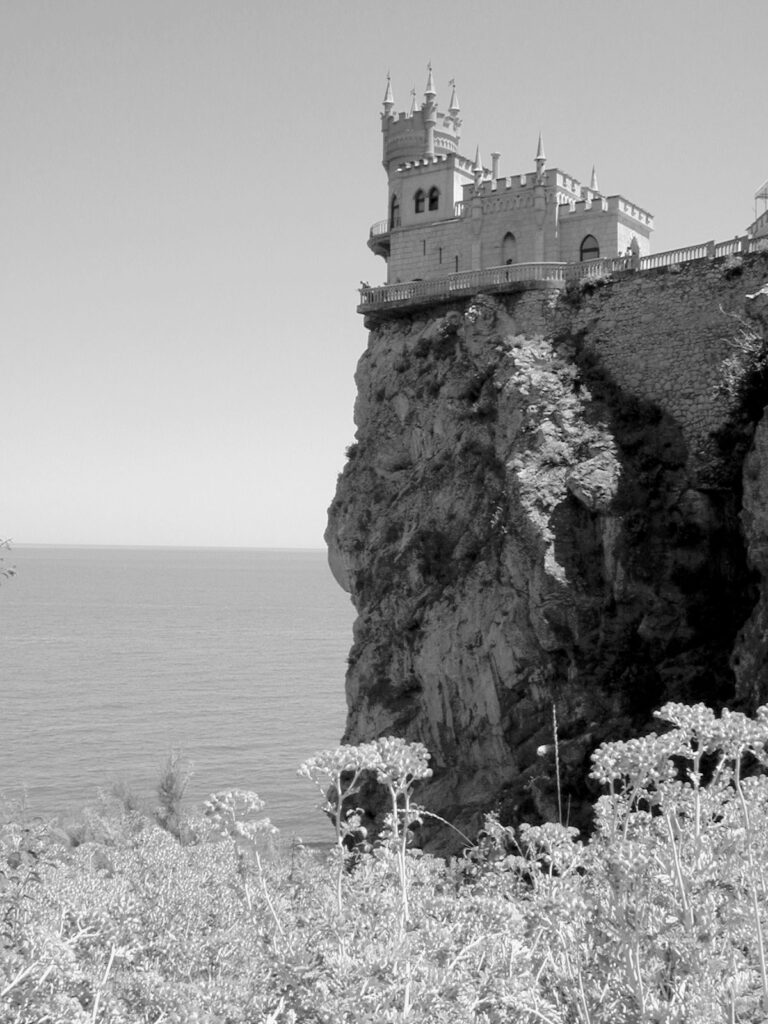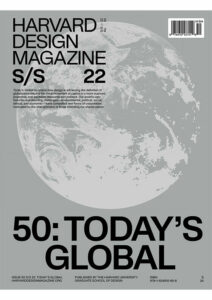Seeing Ukraine Then and Now
At the time of this writing, Russia’s invasion of Ukraine is front and center in the news. The mounting numbers of dead and wounded stun the imagination. The creation of millions of refugees crossing into Poland and other Eastern European countries testifies to the indiscriminate brutality of war.
Those of us in the professions of planning and designing cities cannot fathom the immense physical devastation being visited upon them. Homes, civic structures, and physical infrastructure have been wantonly destroyed. Billions of dollars will be needed to rebuild. Now is decidedly not the moment to ponder how to rebuild, but there will be a time, hopefully in a not too distant future, when Ukrainian and non-Ukrainian planners, designers, and other professionals will be pressed into action. As I watch the unfolding horror, I can’t help but be reminded of an earlier period in my life.
On January 1, 1995, I flew from Kyiv to Boston to start my new position as an associate professor of urban planning at the Harvard Graduate School of Design. For more than two years, I had been shuttling between Boston and Ukraine as a United States Agency for International Development–funded advisor to Ukraine’s new government on issues of land reform. Following the fall of the Soviet Union, Ukraine sought to introduce private market reforms to its state-controlled economy. Land and housing, among other state-owned assets, were on Ukraine’s privatization agenda. How much land should be privatized and how it should be accomplished were two of many questions confronting the government.
It cannot be emphasized enough that no one—Ukrainian or non-Ukrainian—had experience with mass-scale privatization. The former Soviet states and republics, along with former Eastern bloc countries, were suddenly flooded with foreign consultants, funded by various multilateral and bilateral donor organizations (USAID, World Bank, International Finance Corporation, European Bank for Reconstruction and Development, among others), many claiming to have the secret sauce that would ignite mixed market economies. When it came to laws that could enable such transformations, the proposals too often involved cut-and-paste jobs on laws from the consultant’s home country. I remember seeing verbatim excerpts from Connecticut’s housing condominium law being circulated for adoption in an Eastern European country as it worked to privatize hundreds of thousands of housing units in multifamily buildings. That type of copying of laws and policies from an entirely different context constitutes the worst kind of technical assistance delivered by international consultants.
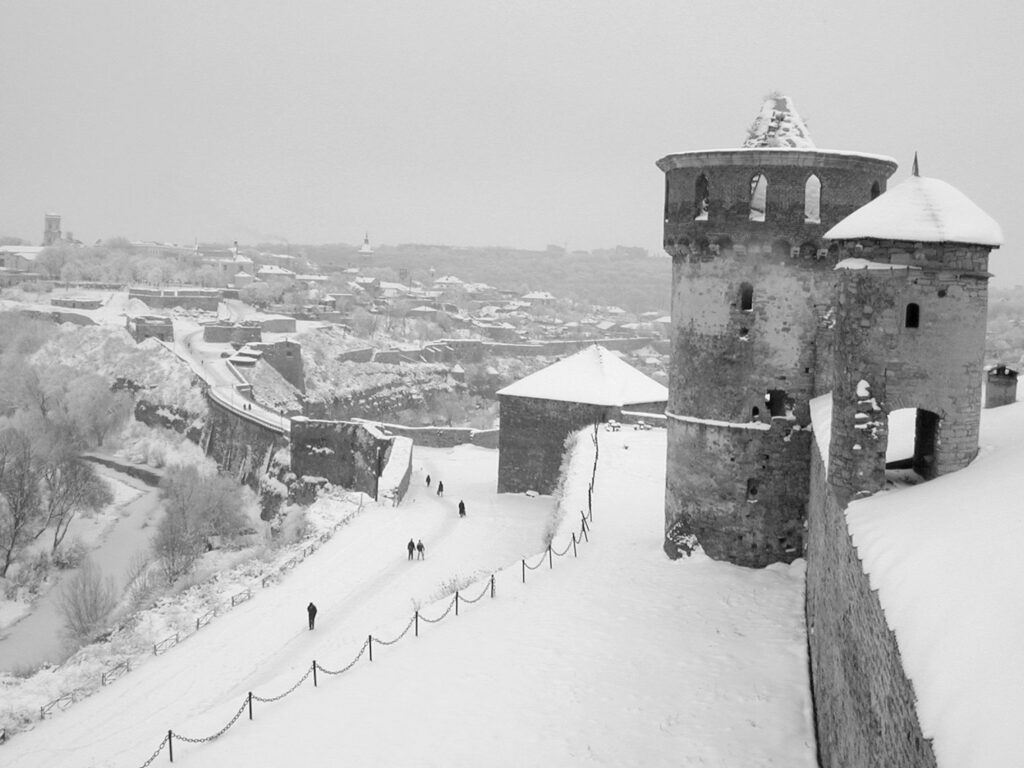
My early visits to Ukraine involved a deep dive into existing laws, institutions, and on-the-ground practices, accompanied by the forging of trust relationships with key government counterparts who could enable or scuttle any changes. I remember well many meetings with Volodymyr Gusakov, first deputy minister of the Ministry of Construction and Architecture; Boris Chepkov, chairman of the State Committee on Land Resources; and Anatoly Dron, chairman of the State Committee on Housing and Communal Services. Volodymyr Nudelman, one of Ukraine’s leading planning experts, joined many of the meetings. Between disquisitions drawn from his encyclopedic knowledge of Ukrainian planning policies, he would plaintively ask, “Would it be all right if I told a joke?” His repertoire of Slavic humor, deeply ironic, equaled his planning knowledge and created a relaxed atmosphere that enhanced our collective work.
Our approach was expressly collaborative: my counterparts were the experts on state ownership of urban land while I was invited to consult about private land markets. None of us were expert in how to transition from one to the other. Consequently, we needed to pool our respective knowledge banks and imagine the path forward together.
One of my first steps was to convene a conference in Kyiv about land policies worldwide. Hundreds of Ukrainian government officials, professionals, and academics joined speakers from the United States and elsewhere to hear about everyone’s real estate systems. Speakers were exhorted not to advocate but to describe and, yes, to offer judgments of strengths and weaknesses. Grasping how a fully state-owned and state-administered land system worked seemed as alien to the private market country representatives as did private ownership to the Ukrainians. Boris Chepkov kept asking me how much land was privately owned in the United States. I was initially evasive, fearing that the ratio might become a Ukrainian goal. Of course, I ultimately told him (it is roughly 60 percent); thankfully it did not become official policy.
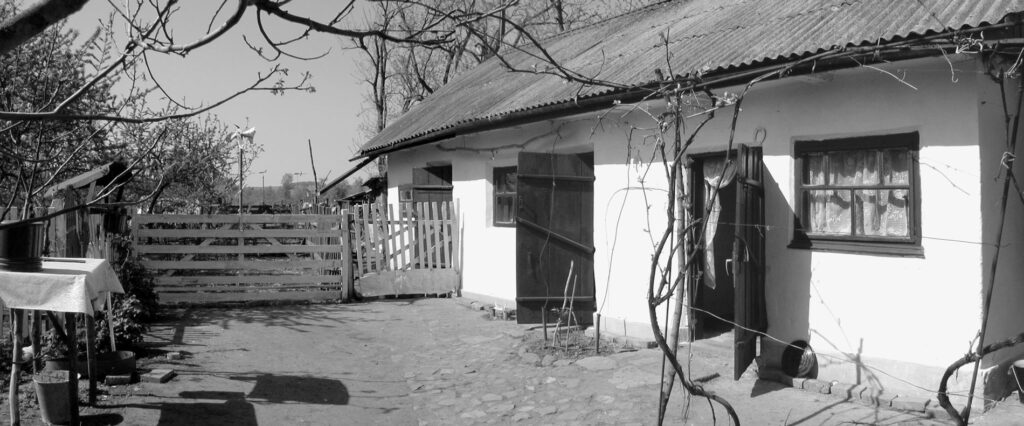
An early step desired by the Ukrainians involved changes to their laws to authorize private ownership of urban land. As an initial foray, Ukrainian counterparts and I prepared a ministerial decree enabling that type of ownership in advance of the broader legal changes that would have to navigate a much more difficult path through the Ukrainian parliament. Prime Minister Leonid Kuchma signed and issued the decree; it was a victory of sorts, but one that would hardly guarantee action on the ground.
To that end, with a primary team composed of a private Ukrainian lawyer (Volodymyr Nosik), an MIT student (Alex Gamota), a USAID official (Amy Osborne), the consulting firm PADCO, and my simultaneous translator (Valeriy Ponomerov, who was as close to a right arm as my actual right arm), along with Kharkiv mayor Yevhen Kushnaryov and land manager Lubov Pogulayeva, we designed one of the first-ever open competitive land auctions in the former Soviet Union. Our idea was to create a demonstration project that would be widely publicized, demonstrably successful, and ultimately replicable throughout the country.
Auctions could be a particularly effective way to accomplish privatization. They were relatively transparent, governed only by the highest responsible bid, and speedy. The Kharkiv auction preparation took roughly six months. We readied the legal and institutional framework to sell ownership and lease interests in a number of land parcels in downtown Kharkiv.1 The lead television station in Moscow, Ostankino, promised to broadcast the event. USAID officials from Kyiv and Washington were scheduled to attend. Two weeks before the auction, not one bidder had registered. I remember sitting in Ms. Pogulayeva’s office, distressed, saying how this would be an embarrassing disaster if the auction failed. She looked at me and said, in Russian, “Jerold, don’t worry. There will be bidders.” And there were. The auction went off without a hitch, with actual competitive bidding and long-term land leases sold. I never asked what happened in the two weeks to produce bidders. I didn’t really want to know.
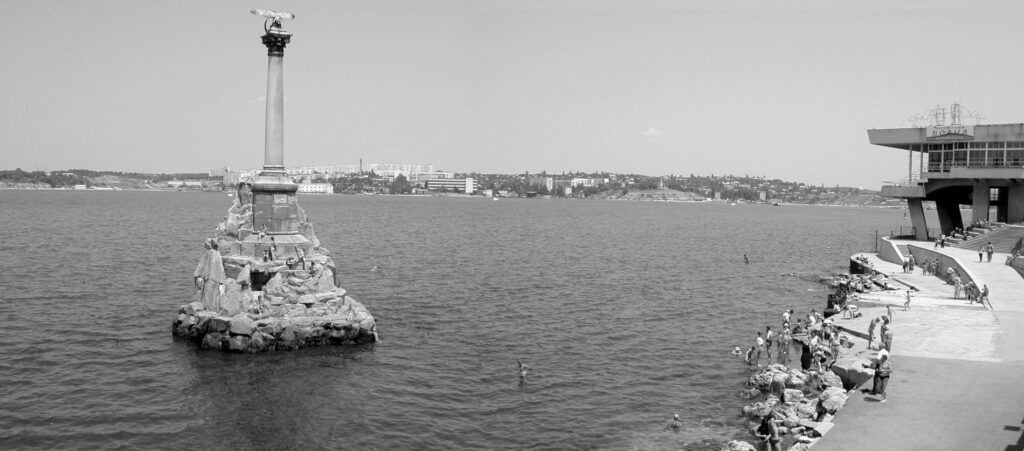
My work took me to many Ukrainian cities. We rolled out the auction model to Lviv, Odessa, and Chernihiv. Chernihiv also served as the site for a demonstration project on zoning. I talked about housing condominium laws in Zaporizhzhia before hundreds of state-owned housing managers. The country seemed on the move, albeit slowly. Understanding the mechanisms of change, however, was not the same as effecting change. None of the essential infrastructure of land markets was present. There were no private real estate brokers, appraisers, lenders, developers, and other actors crucial for functioning land markets. There was no system for registering private titles to land. The judicial system was not geared to resolution of private conflicts. There was no history or culture of market-determined competition, without which all the legal and institutional changes would be that much harder to implement.
One of the most interesting collaborations involved a week-long tour of American real estate markets from Boston to Washington, DC, by roughly five percent of the Ukrainian parliament. I served as tour guide. Seeing is believing, but we didn’t sugarcoat the experience. As much as our visitors were impressed by the variety and quality of housing types, we showed them places where, as economists would say, market failures and inequitable outcomes proliferated. How could it be, in one of the richest countries in the world, that far too many families lacked adequate housing and other services? At least in Ukraine, the state provided housing for all. That reality could temper even the most ardent advocates of private ownership.
Looking back this many years later, our efforts at technical assistance seem idealistic and naive. We didn’t accomplish anything near what I had initially hoped. Demonstration projects did not scale out as planned. Adoption of laws did not mean implementation on the ground. The infrastructure needed to create functioning real estate markets remained incomplete. Generations of experience with state ownership would take generations to unlearn, even for those deeply motivated to move in that direction. The very idea that systems working in one country could be readily transferred to another would be challenged. Globalization in many respects has its limits. Seeing buildings in which I worked damaged or destroyed by Russian bombs shakes me to the core. I don’t see silver linings in the rampant destruction, but the idealistic and naive part of me also hopes that, if and when the horror ends, there will be opportunity for renewal which, if done well, can create a better future for Ukrainians.
